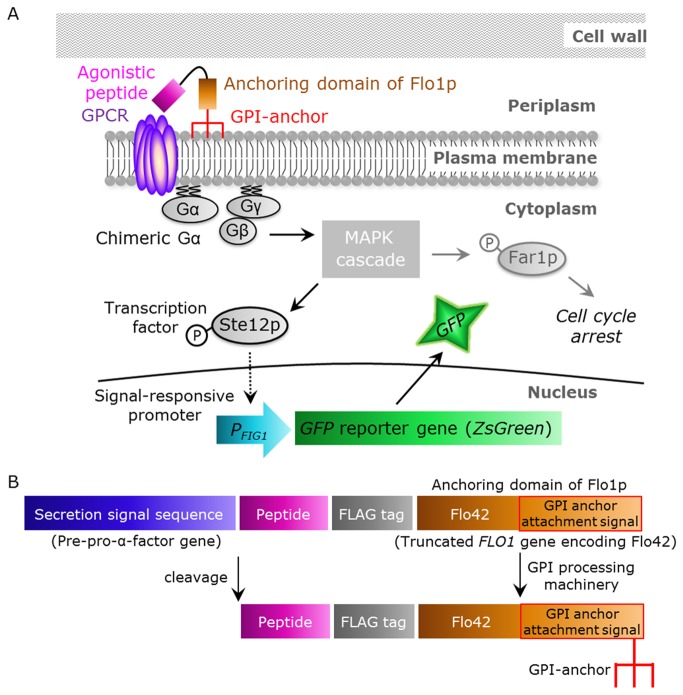Figure 1. Schematic illustration of signal activation of human GPCRs by membrane-tethered peptide ligands.
(A) Overview of this study. The membrane-tethered peptide activates human GPCR, which is heterologously produced in yeast, thereby activating the chimeric Gα proteins. This promotes the mitogen-activated protein kinase (MAPK) cascade and transcription factor Ste12p. Phosphorylated Ste12p induces transcription of the GFP reporter gene by binding to a pheromone response element in the FIG1 promoter. (B) Functional domains encoded by the membrane-tethered peptide plasmids. After processing by the secretory pathway, the signal sequence and glycosyl-phosphatidylinositol (GPI) targeting sequence are cleaved and the peptide sequence, which contains a free N-terminus, is tethered on the plasma membrane by GPI covalently linked to the C-terminus.

